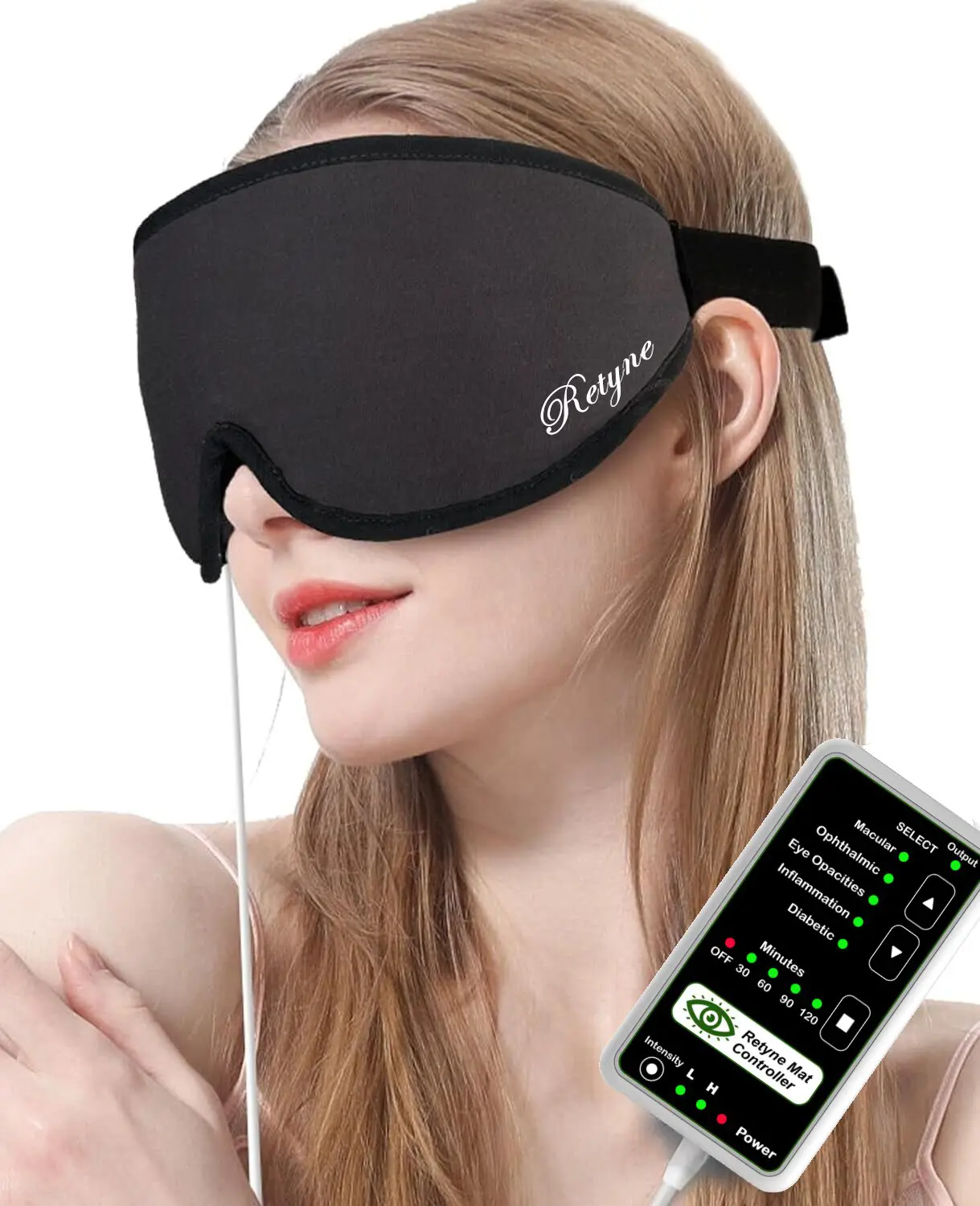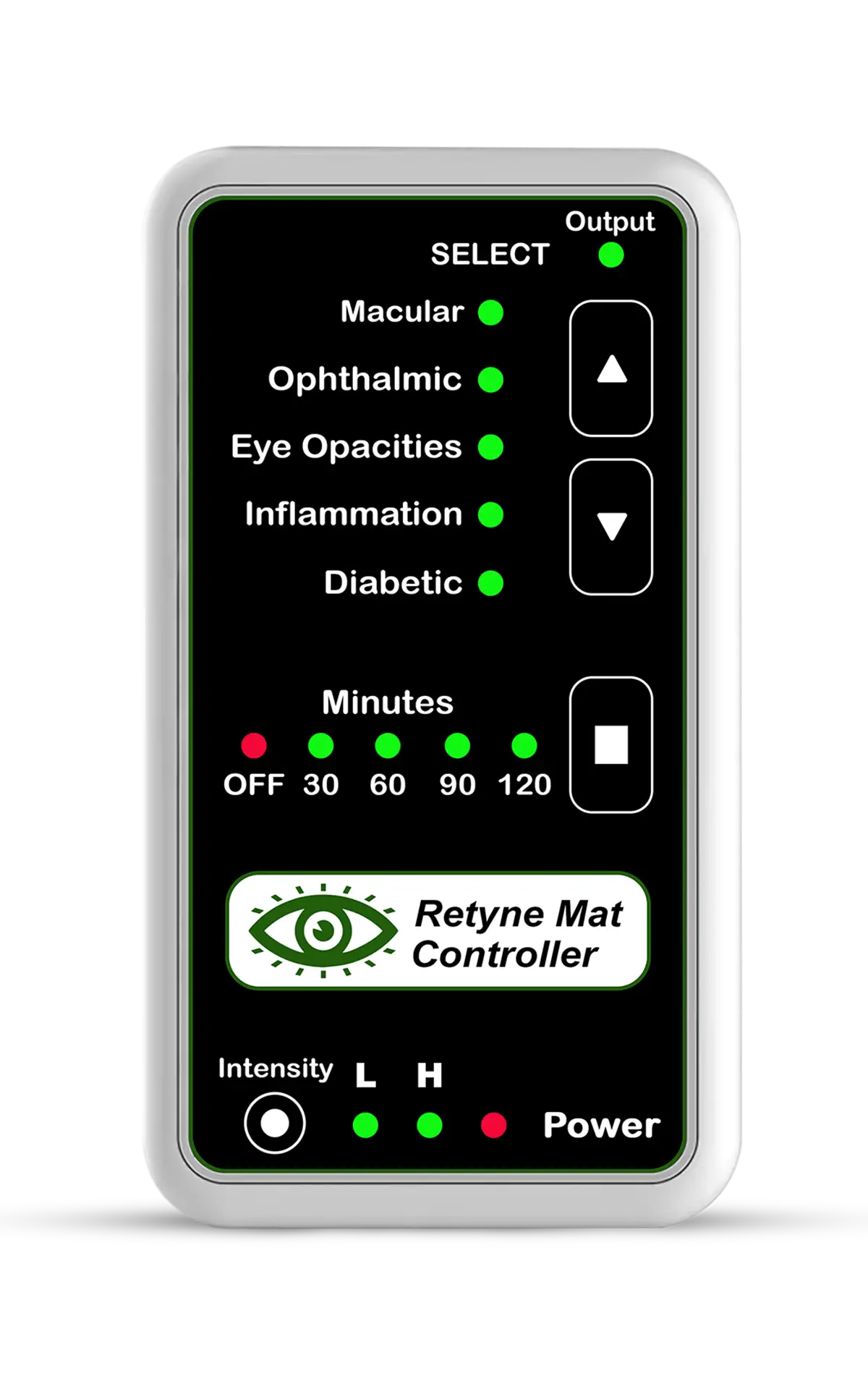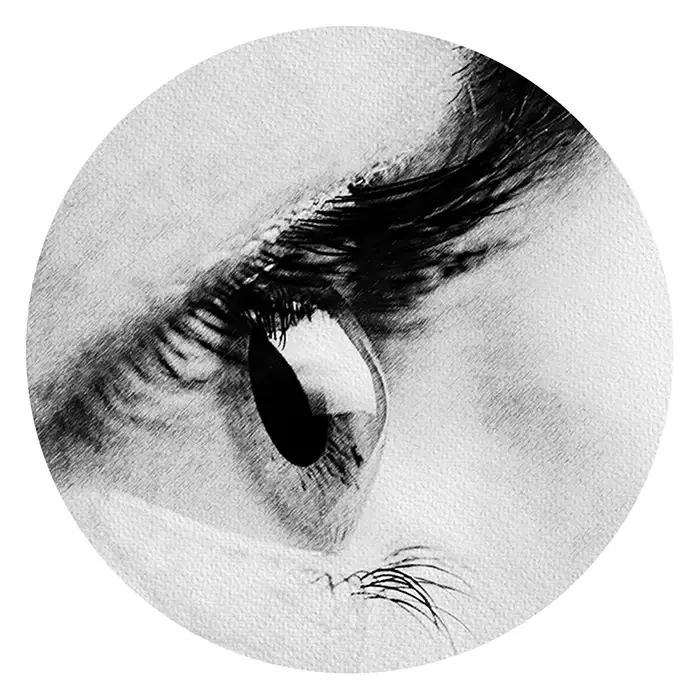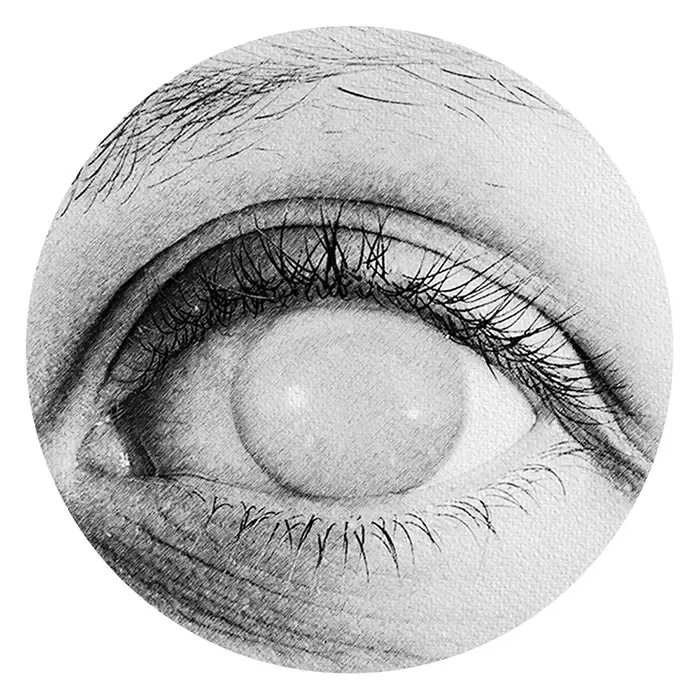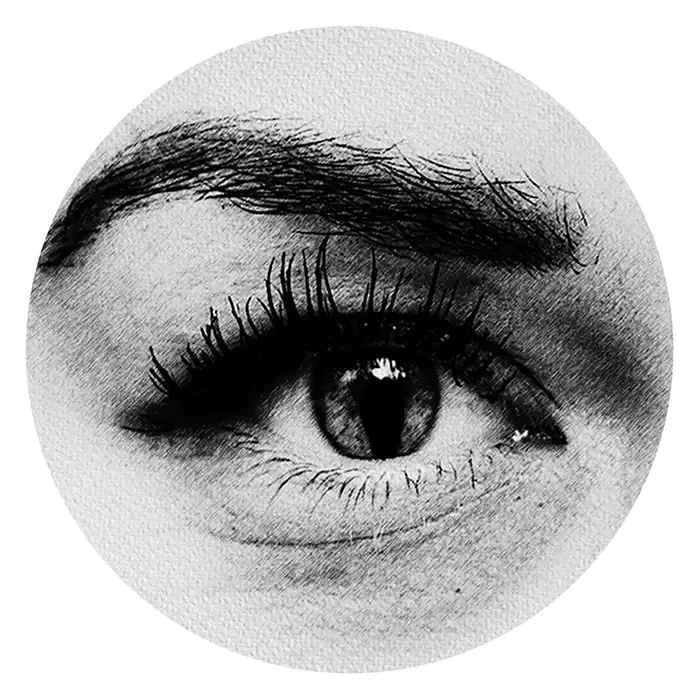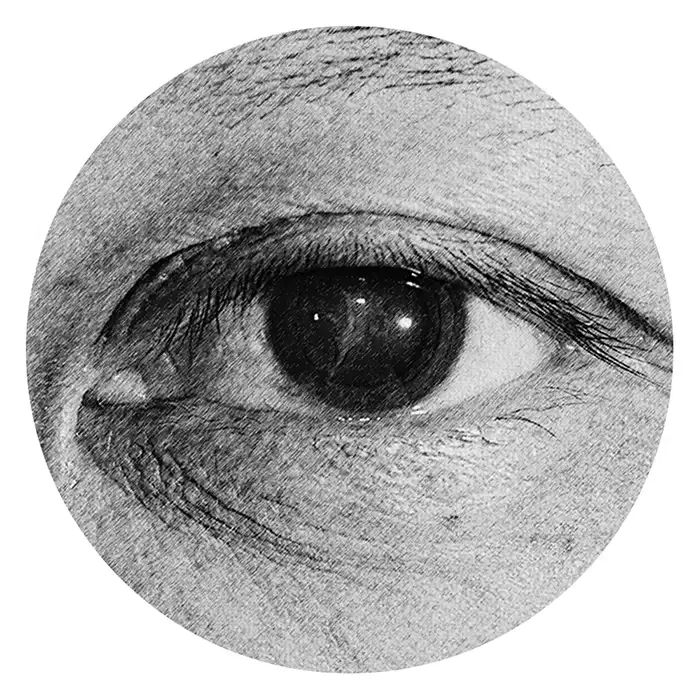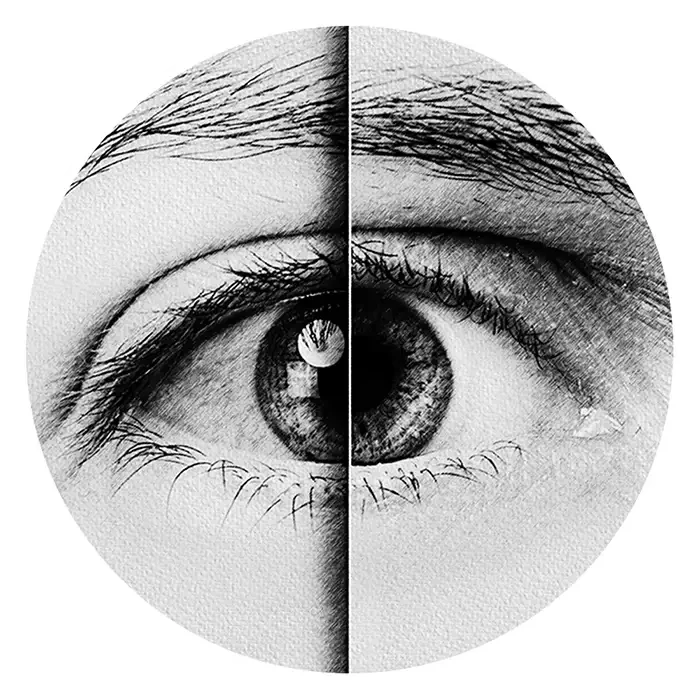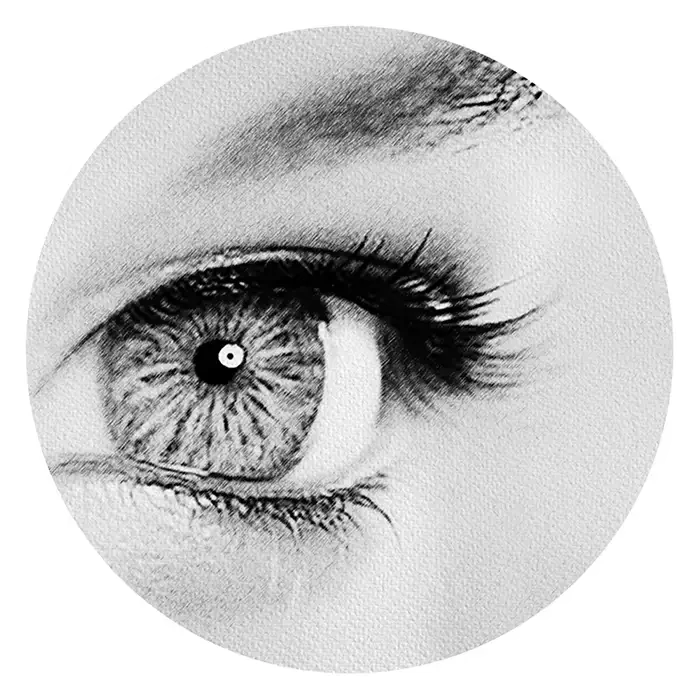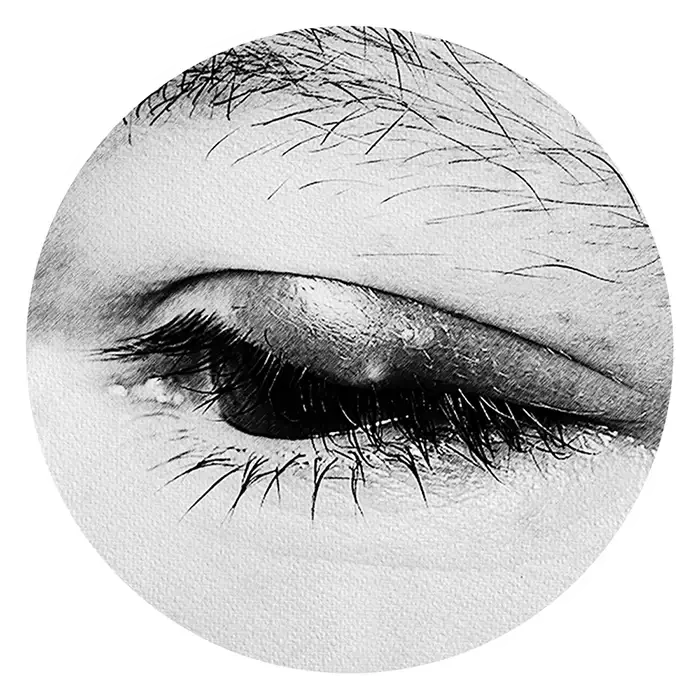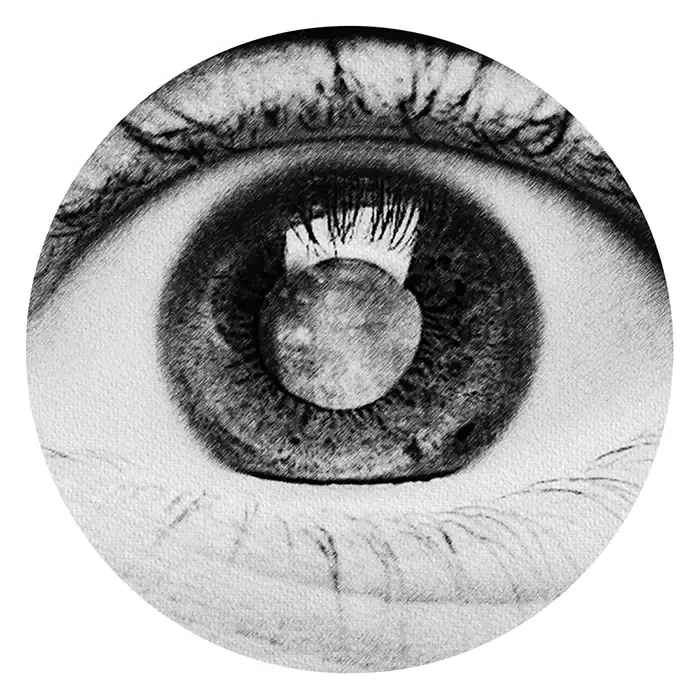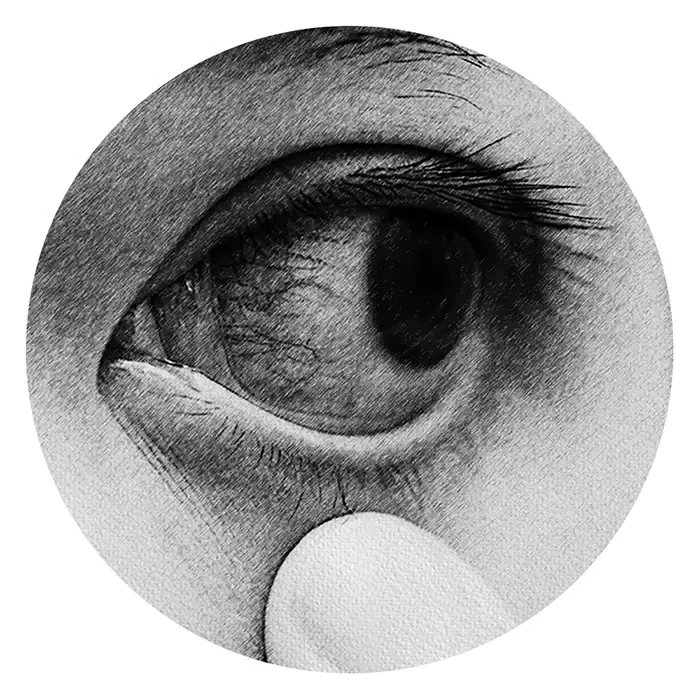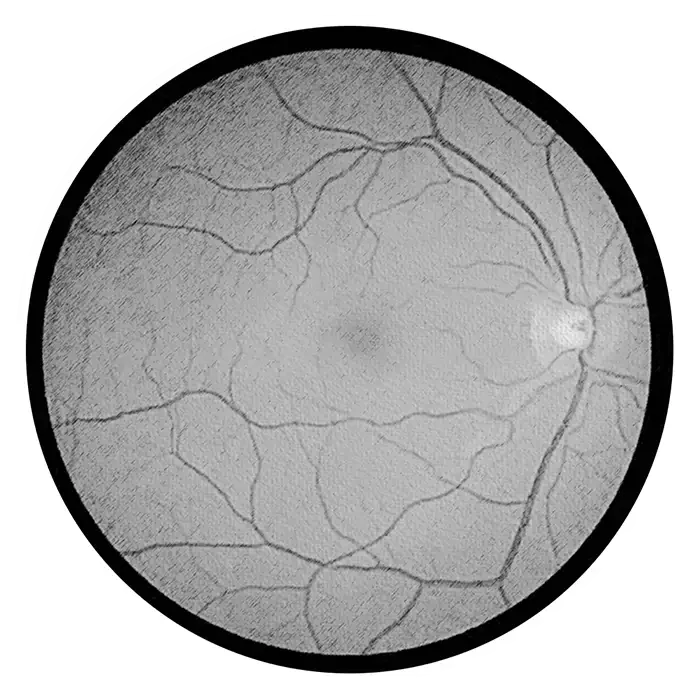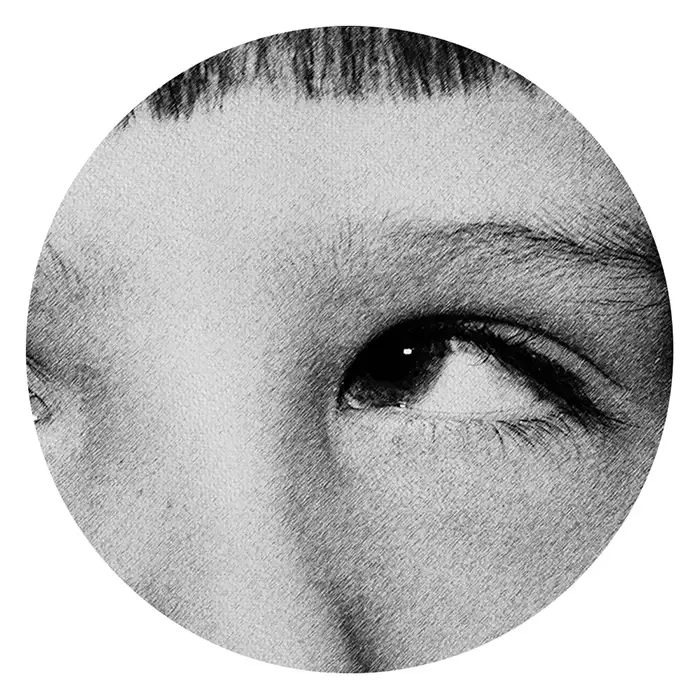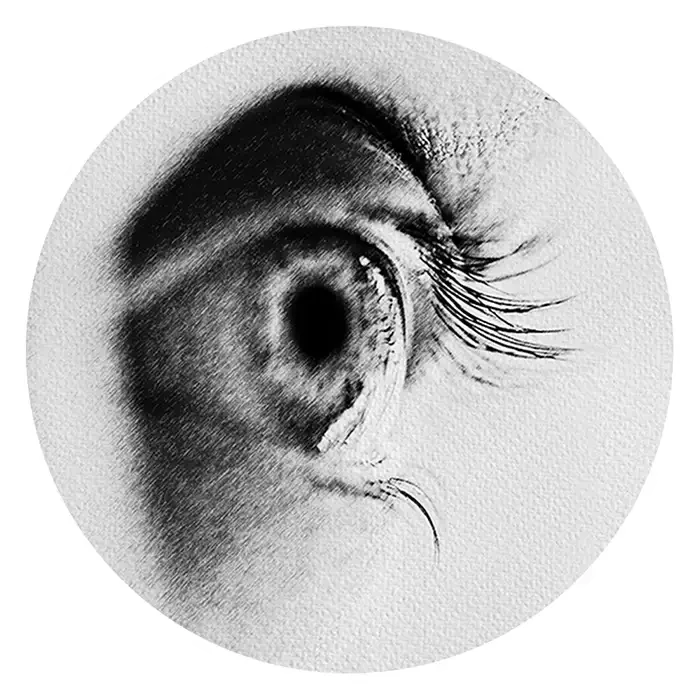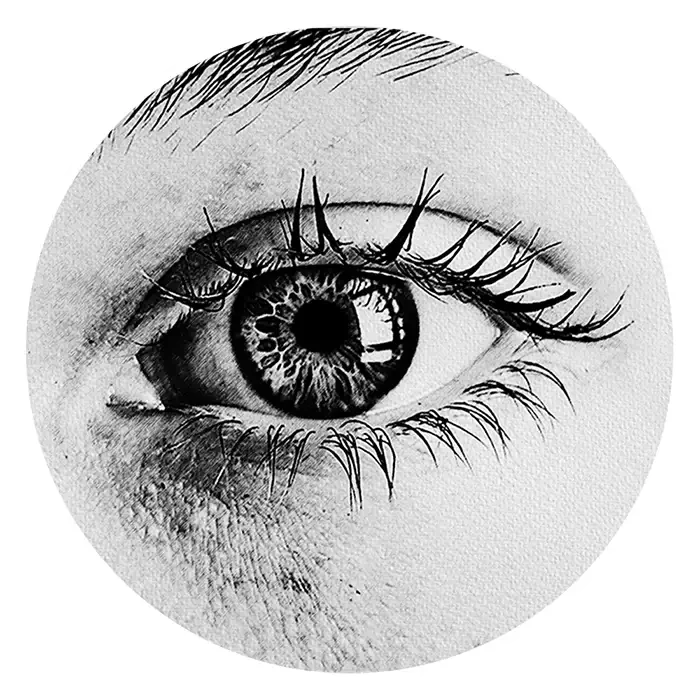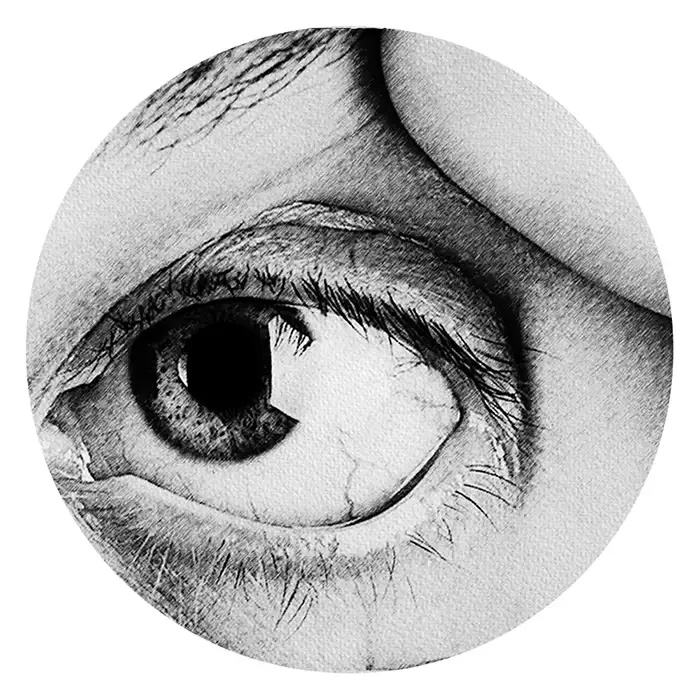
Treatment of Low Vision (Visual Impairment) with Invisible Infrared Technology
Low Vision, also known as Visual Impairment, encompasses various eye conditions where individuals experience significant vision loss that cannot be fully corrected with glasses, contact lenses, medication, or surgery. It is not a single disorder but rather a broad term used to describe impaired vision that interferes with daily activities. Diagnosis of Low Vision typically involves comprehensive eye examinations, including visual acuity tests, contrast sensitivity testing, and evaluation of visual fields.
There are several types of Low Vision, each with its own set of symptoms and underlying causes. These include central vision loss, peripheral vision loss, blurred vision, and night blindness. Central vision loss affects the ability to see objects clearly at a distance or up close, while peripheral vision loss results in decreased awareness of surrounding objects. Blurred vision can occur due to various factors, such as refractive errors, corneal abnormalities, or retinal disorders, while night blindness impairs vision in low-light conditions.
Cataracts, a common age-related condition characterized by clouding of the eye's natural lens, are a significant cause of Low Vision. As cataracts progress, they can cause visual symptoms such as blurry vision, glare sensitivity, and reduced contrast sensitivity, leading to functional impairment. While cataract surgery is often effective in restoring vision, some individuals may still experience residual visual deficits, particularly in cases of advanced cataracts or underlying ocular conditions.

The Retyne Infrared Eye treatment mask offers a non-invasive approach to managing the symptoms of Low Vision associated with cataracts. Through program #3 on the Retyne controller, which delivers targeted infrared light therapy, the mask can help alleviate discomfort, reduce inflammation, and promote overall eye health. Infrared light therapy has been shown to improve blood circulation, accelerate tissue repair, and reduce oxidative stress, which may benefit individuals with Low Vision due to cataracts.
By utilizing invisible infrared light therapy, the Retyne mask offers a convenient and effective adjunctive treatment option for individuals with Low Vision. Regular use of the Retyne Infrared Eye treatment mask as part of a comprehensive eye care regimen may help improve visual comfort, enhance contrast sensitivity, and optimize overall visual function. While it does not replace traditional interventions such as cataract surgery, it can complement existing treatments and support overall ocular wellness for individuals with Low Vision.
Low Vision encompasses a range of visual impairments that cannot be fully corrected with conventional optical or surgical interventions. Cataracts are a significant cause of Low Vision, often leading to blurred vision, glare sensitivity, and reduced contrast sensitivity. The Retyne Infrared Eye treatment mask offers a promising therapeutic approach for managing the symptoms of Low Vision associated with cataracts, providing targeted infrared light therapy to promote ocular health and enhance visual comfort.
The Retyne eye treatment mask utilizes a general selection of frequencies (0.97, 5.78, 7.5, 37.5, 125.19, 250, 325.65, 517.5, 683, 712.42) tailored to address the symptoms related to Low Vision (Visual Impairment). These frequencies have been meticulously chosen for their proven effectiveness in managing and treating this visual condition.
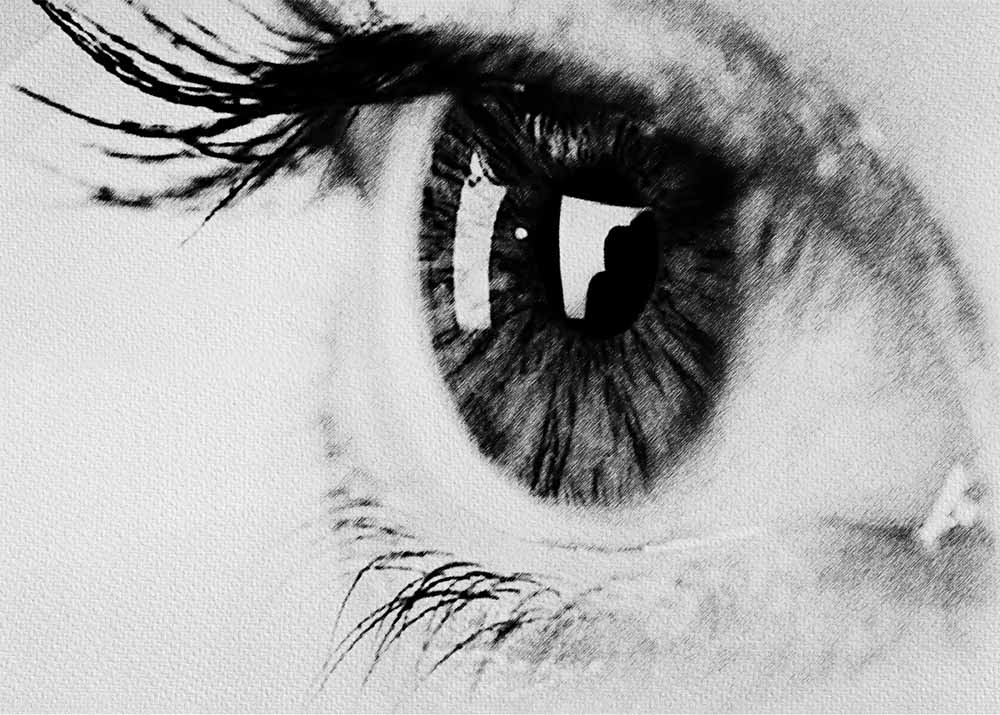
Retyne's approach involves converting each frequency into invisible infrared light output, marking a groundbreaking fusion of frequencies with light—a pioneering technology pioneered by Retyne Labs. Inspired by the groundbreaking work of Dr. Rife, who identified healing properties in specific frequencies and utilized light for their transmission, Retyne's innovative method capitalizes on current research on invisible infrared technology and builds upon past studies on light transmission through frequency sources. The result is the Retyne eye Treatment Mask, a convergence of state-of-the-art advancements in the field of visual care.
Moreover, for those utilizing advanced hardware such as the RDPV4, a secondary set of specific frequencies for Low Vision (Visual Impairment) 0.19, 0.26, 0.57, 9, 17.2, 35.75, 176.09, 355.08, 642.91, 978.05 is available. The RDPv4 offers an expanded range of frequencies, finely calibrated to provide even greater precision in addressing the various Low Vision eye disorders. By incorporating this secondary set of frequencies, the RDPV4 elevates the potential therapeutic benefits of the Retyne eye Treatment Mask, catering to individuals seeking advanced solutions for their visual health needs.
A Low Vision (Visual Impairment) Compatibile group exists at program 619 on the International ETDFL frequency list
A Low Vision (Visual Impairment) Alternate Group 2 exists at program 3520: Low Vision (Visual Impairment) 0.19, 0.26, 0.57, 9, 17.2, 35.75, 176.09, 355.08, 642.91, 978.05
Compatibility
Standalone controller (Program #3) (Controller shipped with Retyne Eye Treatment Mask)
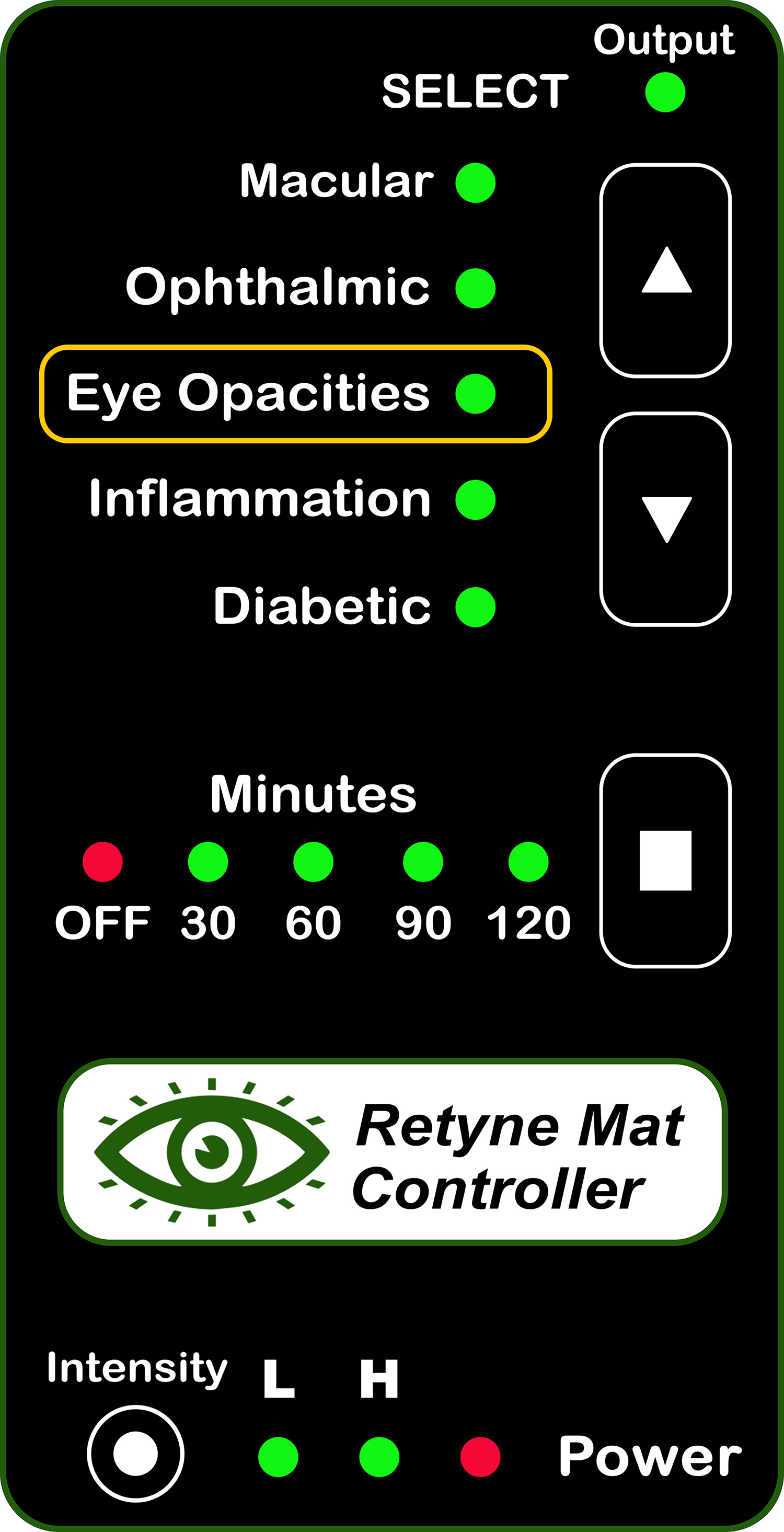
RDPV4 (Direct connect, use group 3520)
RDPV4 Light Mask Program button 3
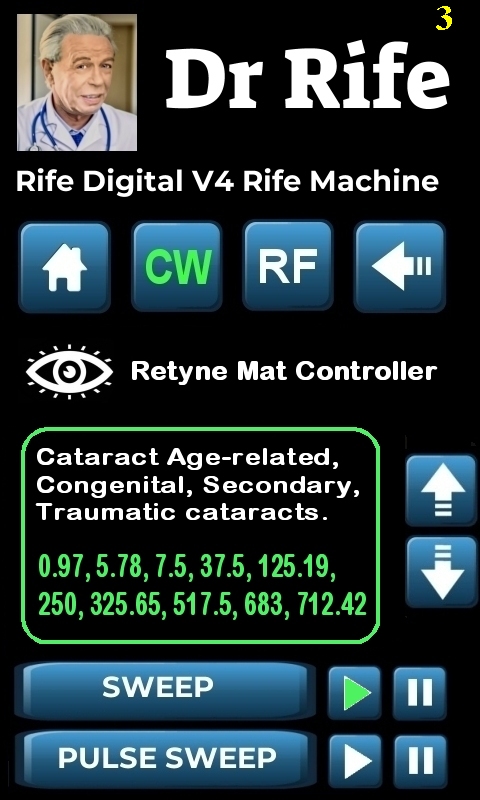
Click here for instructions on using the Retyne Mask + Controller
